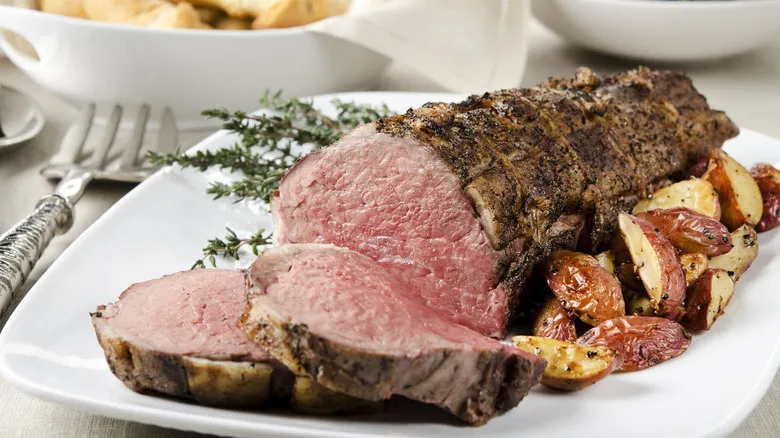It's all about even cooking
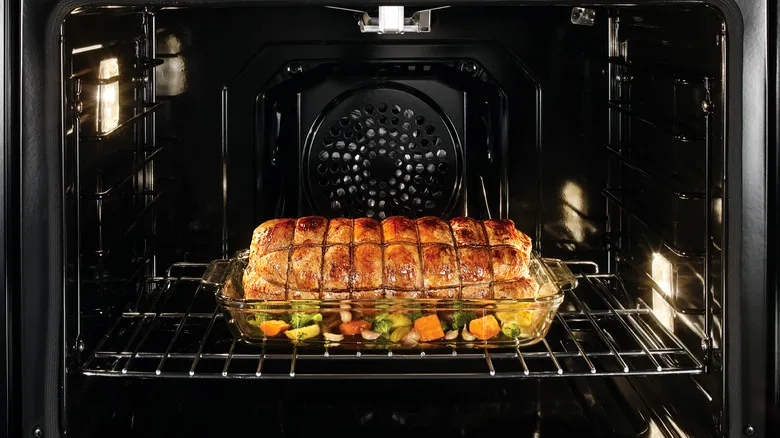
When discussing meats, as well as most foods, the focus often lies on cooking temperatures. However, the pre-cooking temperature is equally crucial and often overlooked. To ensure your roast cooks evenly throughout, the entire piece of meat must be at a uniform temperature before it goes into the oven. If you take meat straight from the refrigerator and place it in the oven, the exterior will heat up much faster than the interior. This can result in a beautifully browned roast with a raw center or a perfectly pink interior surrounded by a gray ring and an unfortunately burnt crust.
Before roasting your meat, it's essential to allow it to reach room temperature. Remove it from the refrigerator, take off any packaging, and set it on a clean surface, such as a cutting board or the roasting rack. Let it rest there until you're ready to cook. Depending on the size of the meat, this process can take anywhere from 30 minutes to an hour.
There's a limit to how long meat can stay at room temperature
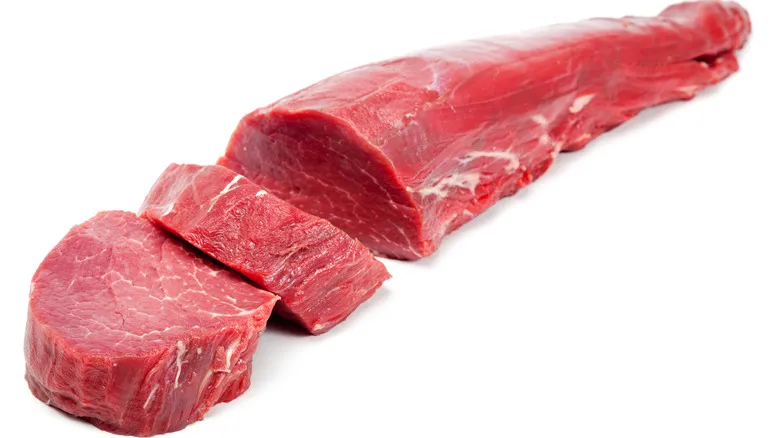
It's clear that we store meat in the refrigerator for a good reason: bacteria. If harmful pathogens like salmonella and E. coli contaminate your roast, an even cooking will be the least of your concerns. These bacteria thrive within a specific temperature range known as the "danger zone," which the USDA defines as between 40 and 140 degrees Fahrenheit. This is why refrigerators must be maintained at temperatures below 40 degrees, and beef should be cooked to at least 145 degrees Fahrenheit.
To ensure your roast remains safe to consume, avoid leaving it out at room temperature for more than two hours. This time frame is even shorter in hot climates; if the temperature is 90 degrees or higher, the meat should not be left out for more than one hour. However, as long as you adhere to these guidelines, you should be well on your way to achieving the perfect roast.
Recommended
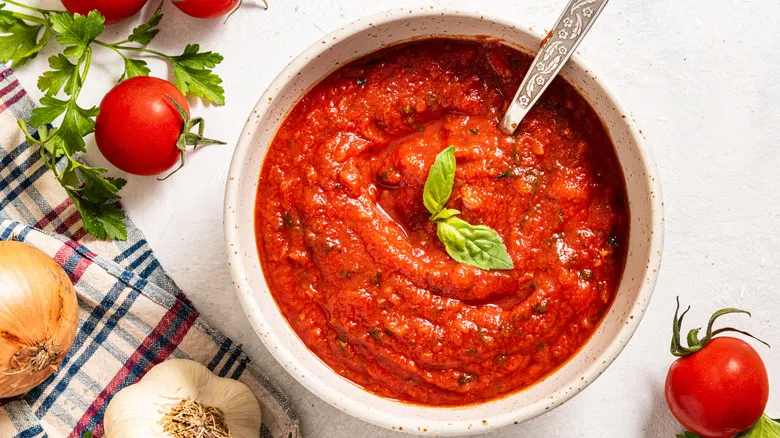
Basic All-Purpose Tomato Sauce Recipe
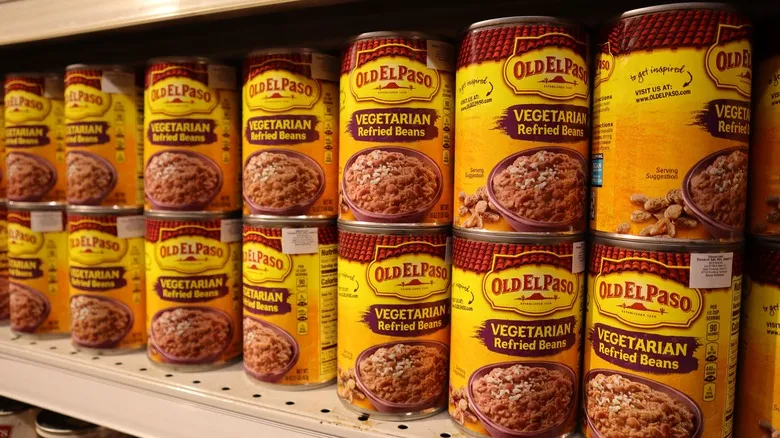
You Can't Assume Your Canned Refried Beans Are Vegetarian. Here's Why
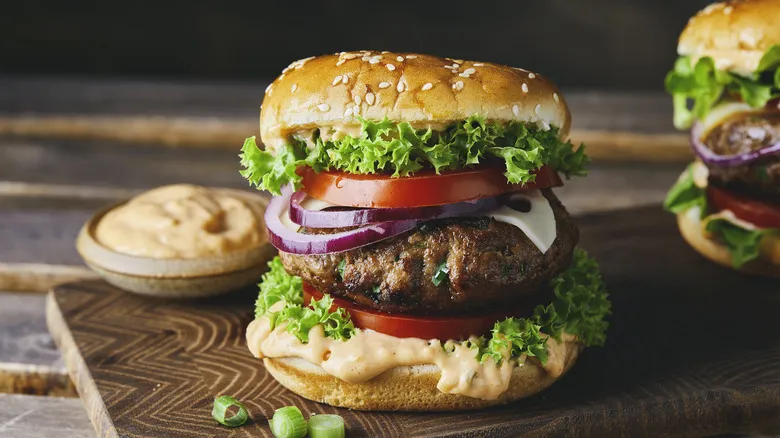
Make A Leaner (But Still Delicious) Burger By Going Half-Vegetarian

Classic Hurricane Cocktail Recipe
Next up

